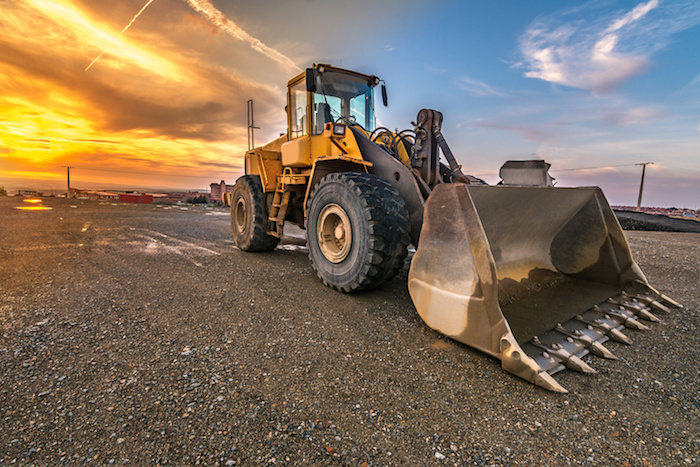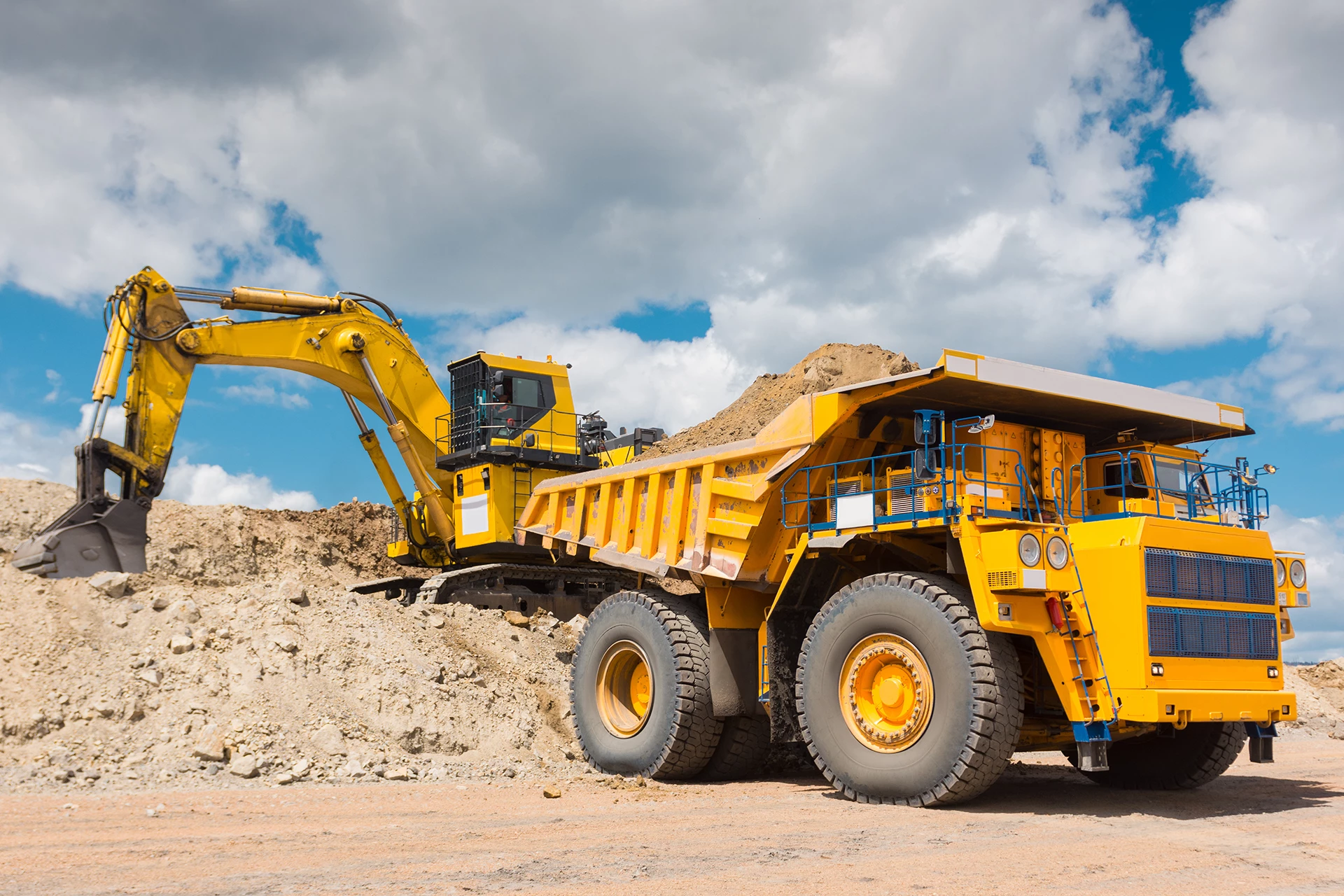Leading Equipment Rental Company for All Your Demands
Leading Equipment Rental Company for All Your Demands
Blog Article
Renting Vs. Buying Building And Construction Devices: Making the Right Choice for Your Task
When starting a building project, one of the important choices that forecast stakeholders and managers face is whether to lease or purchase construction equipment. Both choices have their drawbacks and benefits, making the choice a crucial one in the job planning process. The decision depends upon various variables such as cost considerations, project duration, devices upkeep, versatility, scalability, and risk monitoring. Each component plays a crucial function in figuring out the most suitable path for the project's equipment demands. aerial lift rental. Allow's explore these factors even more to comprehend how they influence the decision-making process and eventually the success of the job.
Cost Considerations
When reviewing the monetary aspect of leasing versus buying building and construction tools, the long-lasting expenditures and upfront prices must be very carefully thought about. Renting tools often needs reduced initial settlements compared to acquiring, making it an eye-catching choice for short-term jobs or contractors with budget plan restraints. Renting out removes the requirement for large capital investments and lowers the financial risk related to devices possession, such as upkeep and depreciation prices. However, over time, continuously renting out equipment can collect higher expenses than acquiring, especially for prolonged jobs.
On the other hand, purchasing construction equipment involves greater in advance costs but can cause long-lasting cost savings, especially for lasting jobs or regular individuals. Owning tools supplies flexibility, ease, and the possibility for resale value once the job is completed. Additionally, owning tools enables modification and experience with particular equipment, possibly boosting effectiveness and productivity on-site. Inevitably, the choice in between renting out and purchasing building and construction devices hinges on the job's period, frequency of use, budget considerations, and long-lasting financial objectives.
Job Period

Alternatively, for lasting projects or recurring building job, acquiring tools can be the extra cost-effective choice. Purchasing equipment can cause cost financial savings over time, especially if the equipment will be frequently utilized. In addition, owning equipment gives a feeling of control over its availability and allows for modification to fit specific task requirements.

Equipment Upkeep
Given the critical role job duration plays in figuring out the most cost-efficient approach between renting and getting building tools, the focus now shifts in the direction of examining the essential facet of tools upkeep. Proper upkeep is crucial for making certain the optimum performance and durability of building and construction equipment. Renting tools typically comes with the advantage of having actually well-maintained equipment supplied by the rental business. This can ease the worry of upkeep jobs from the task owner or service provider, saving effort and time. On the other hand, owning tools needs a proactive method to upkeep to avoid failures, guarantee safety and security, and extend the equipment's life expectancy. Routine evaluations, servicing, and prompt repair services are required to keep owned and operated devices in leading working problem. Consider maintenance prices when determining in between acquiring and renting out, as overlooking upkeep can lead to costly repair services, downtime, special info and job hold-ups. Eventually, a well-kept building devices fleet, whether rented or owned, is crucial for the effective and effective conclusion of building tasks.
Flexibility and Scalability
In the world of construction tools management, the element of adaptability and scalability holds significant relevance for task effectiveness and source usage. Deciding to rent construction tools offers a high level of versatility as it enables site here for the quick change of tools kinds and quantities based upon the evolving requirements of a job. Leasing makes it possible for service providers to access a variety of specialized tools that may be required for particular jobs without the lasting commitment of ownership. This flexibility is particularly beneficial for projects with varying needs or uncertain periods (forklift rental).
Renting building and construction tools supplies the benefit of easily scaling procedures up or down as task needs fluctuate. Service providers can rapidly exchange or include devices to match the job's transforming needs without the restrictions of owning possessions that may become underutilized or out-of-date.
Danger Monitoring
Efficient risk administration in building equipment operations is critical to making certain job success and mitigating possible monetary losses. Construction tasks naturally include various dangers, such as devices break downs, accidents, and job hold-ups, which can considerably impact the job timeline and budget plan. By meticulously thinking about the dangers connected with owning or leasing construction equipment, project managers can make enlightened decisions to minimize these possible hazards.
Leasing construction equipment can use a degree of risk mitigation by moving the responsibility of repair and maintenance to the rental firm. This can reduce the economic worry on the task owner in instance of unforeseen equipment failures (dozer rental). Furthermore, renting provides the adaptability to gain access to customized devices for specific task stages, minimizing the threat of owning underutilized machinery
On the various other hand, owning building and construction equipment offers Learn More a sense of control over its usage and upkeep. However, this additionally suggests bearing the complete responsibility for repairs, upkeep prices, and depreciation, raising the monetary dangers related to devices ownership. Cautious threat assessment and consideration of factors such as task duration, devices utilization, and maintenance needs are crucial in establishing one of the most ideal choice for efficient danger management in building jobs.
Conclusion
In final thought, when choosing in between buying and renting building and construction equipment, it is essential to consider price, job period, tools upkeep, versatility, scalability, and danger management. Each element plays a critical function in determining one of the most ideal option for the project available. By thoroughly reviewing these aspects, project supervisors can make an enlightened choice that straightens with their budget, timeline, and general project goals.

Report this page